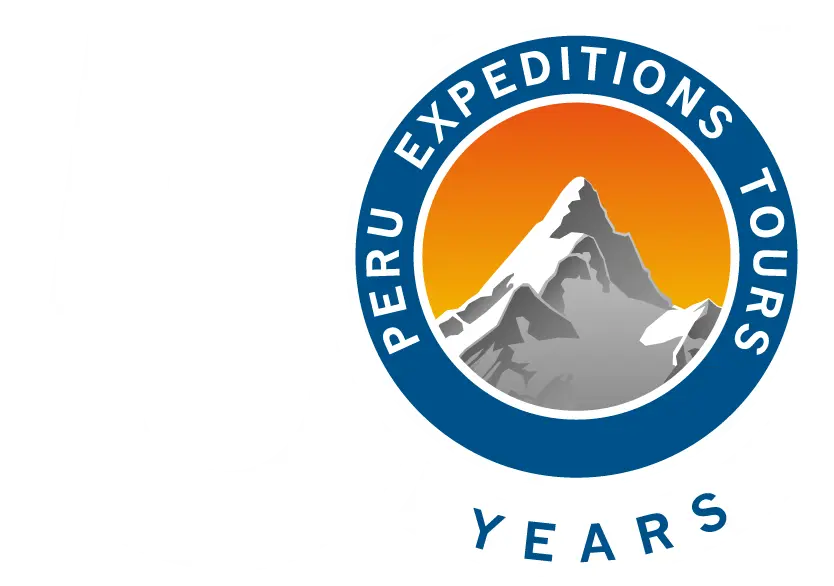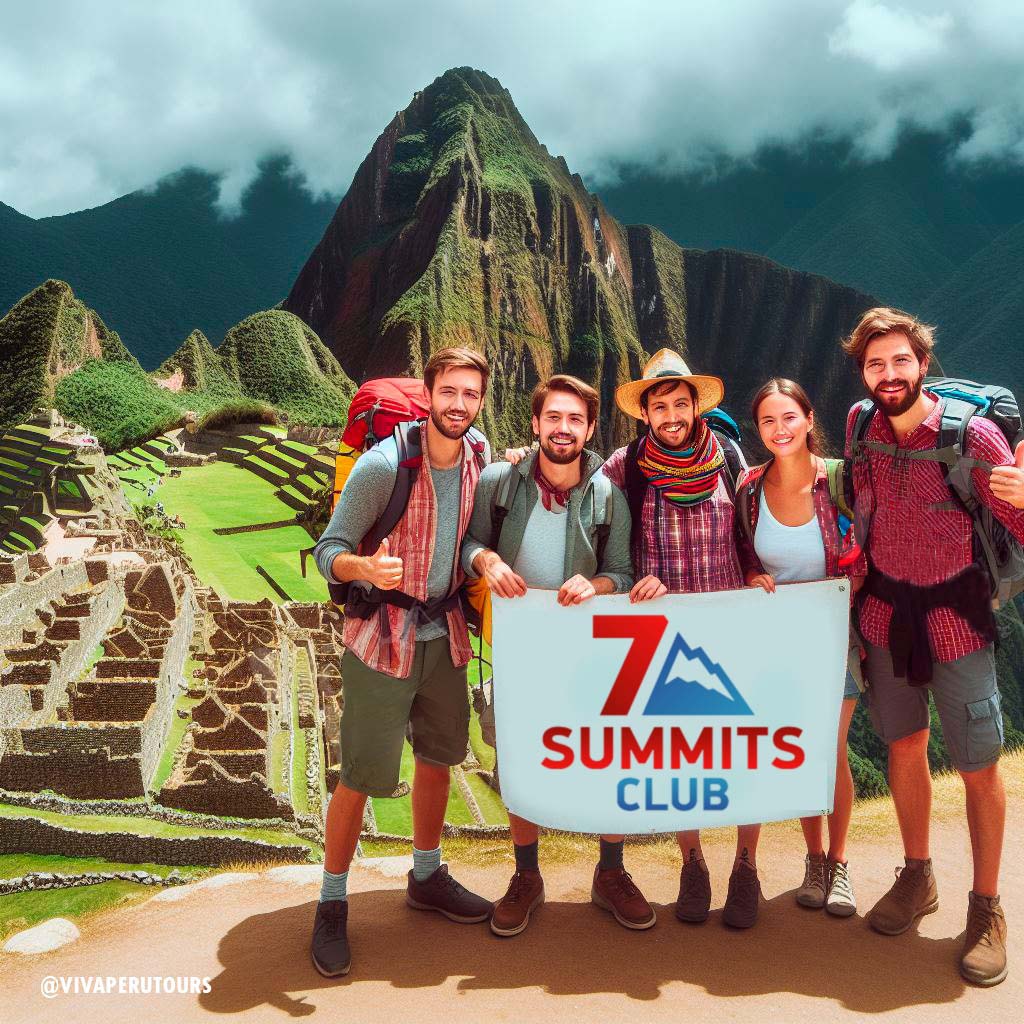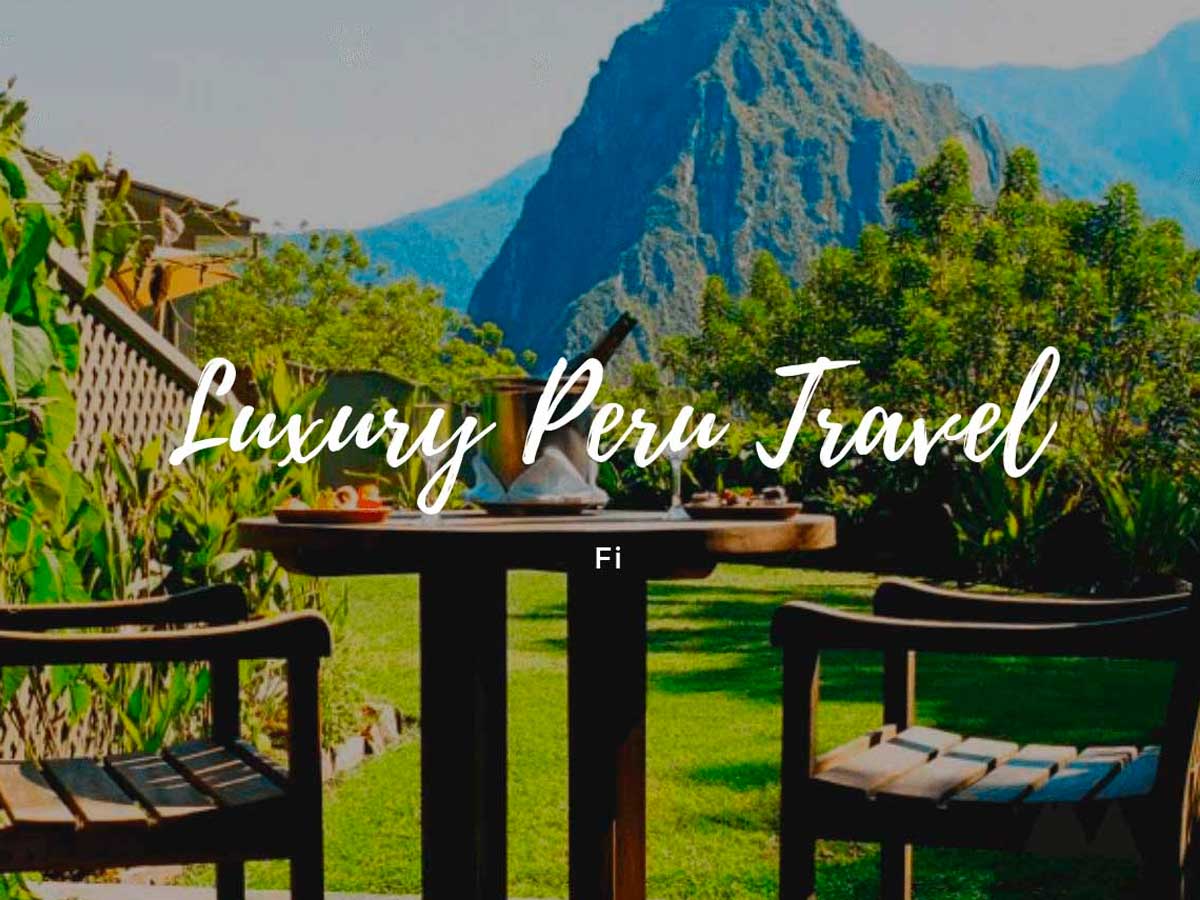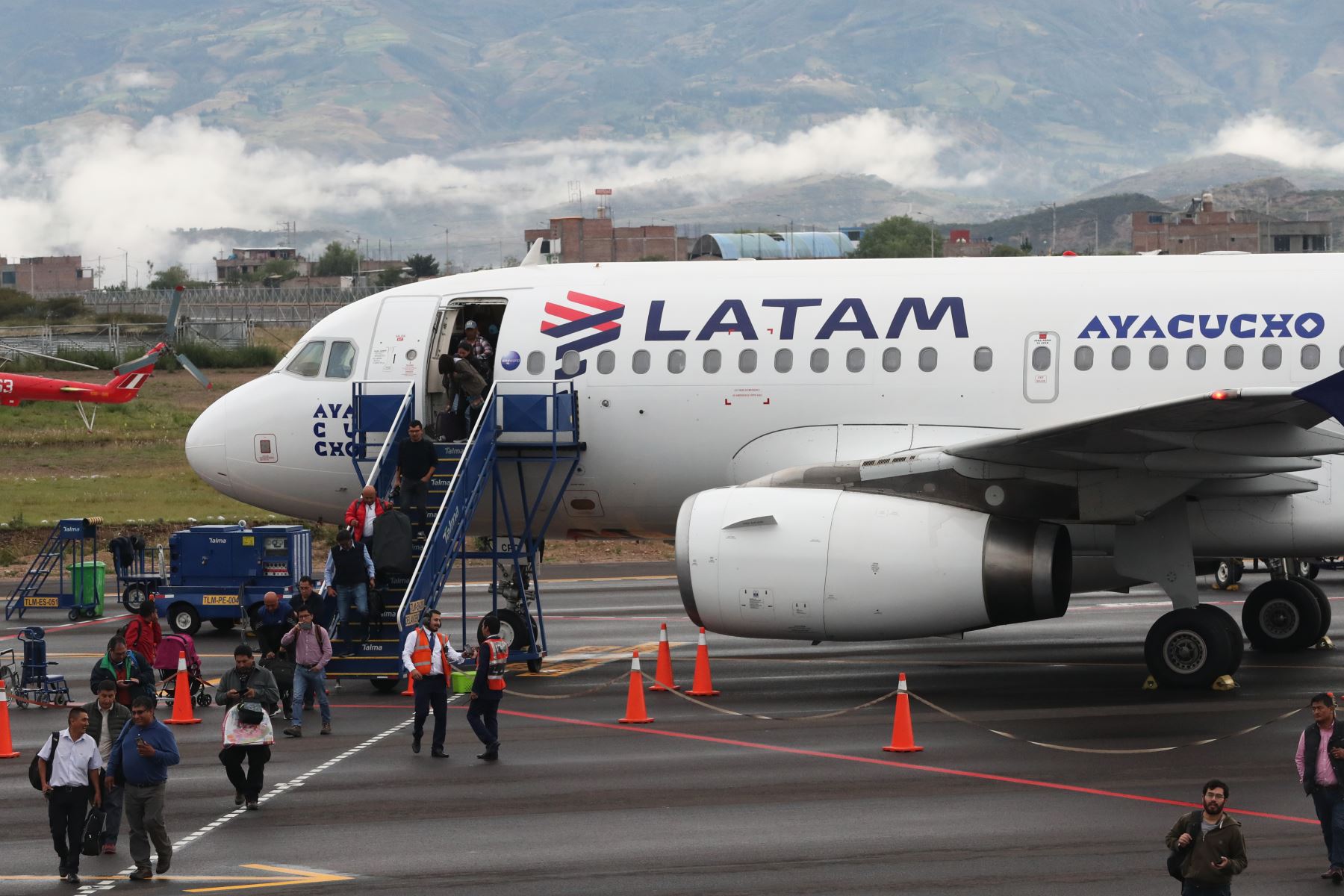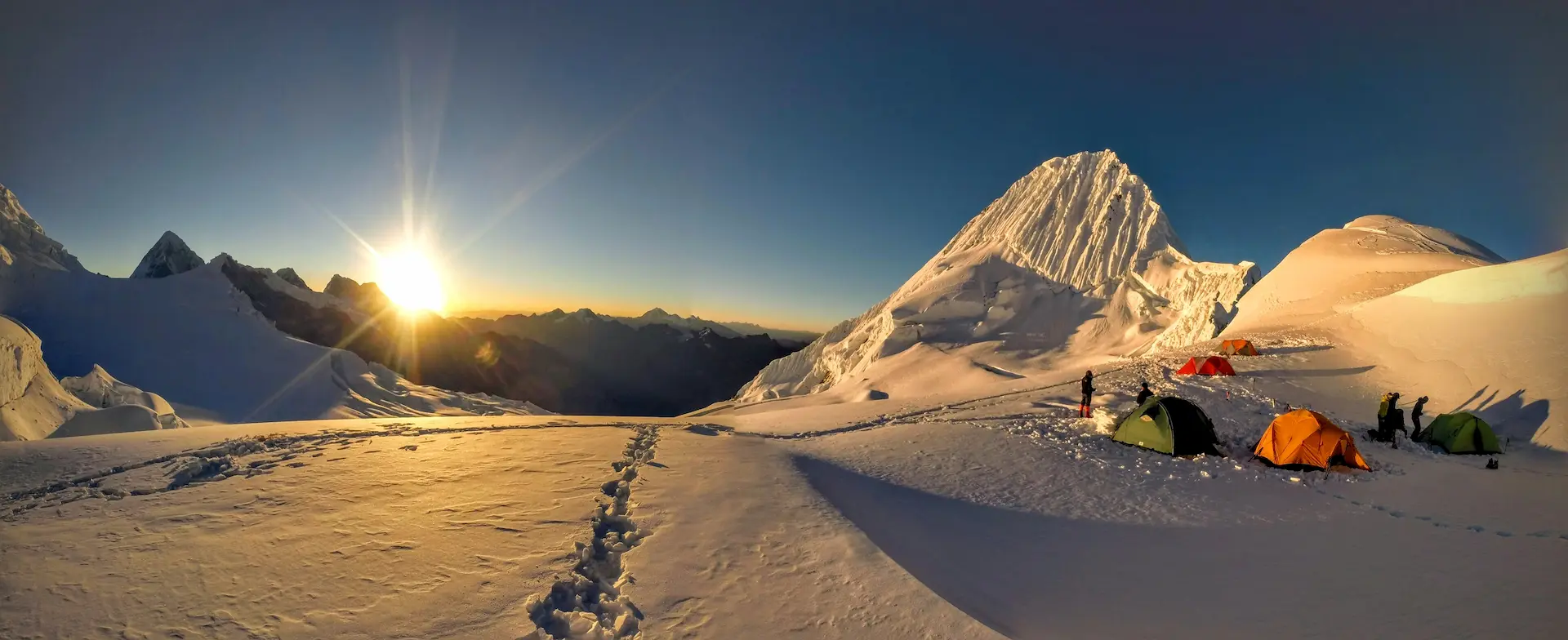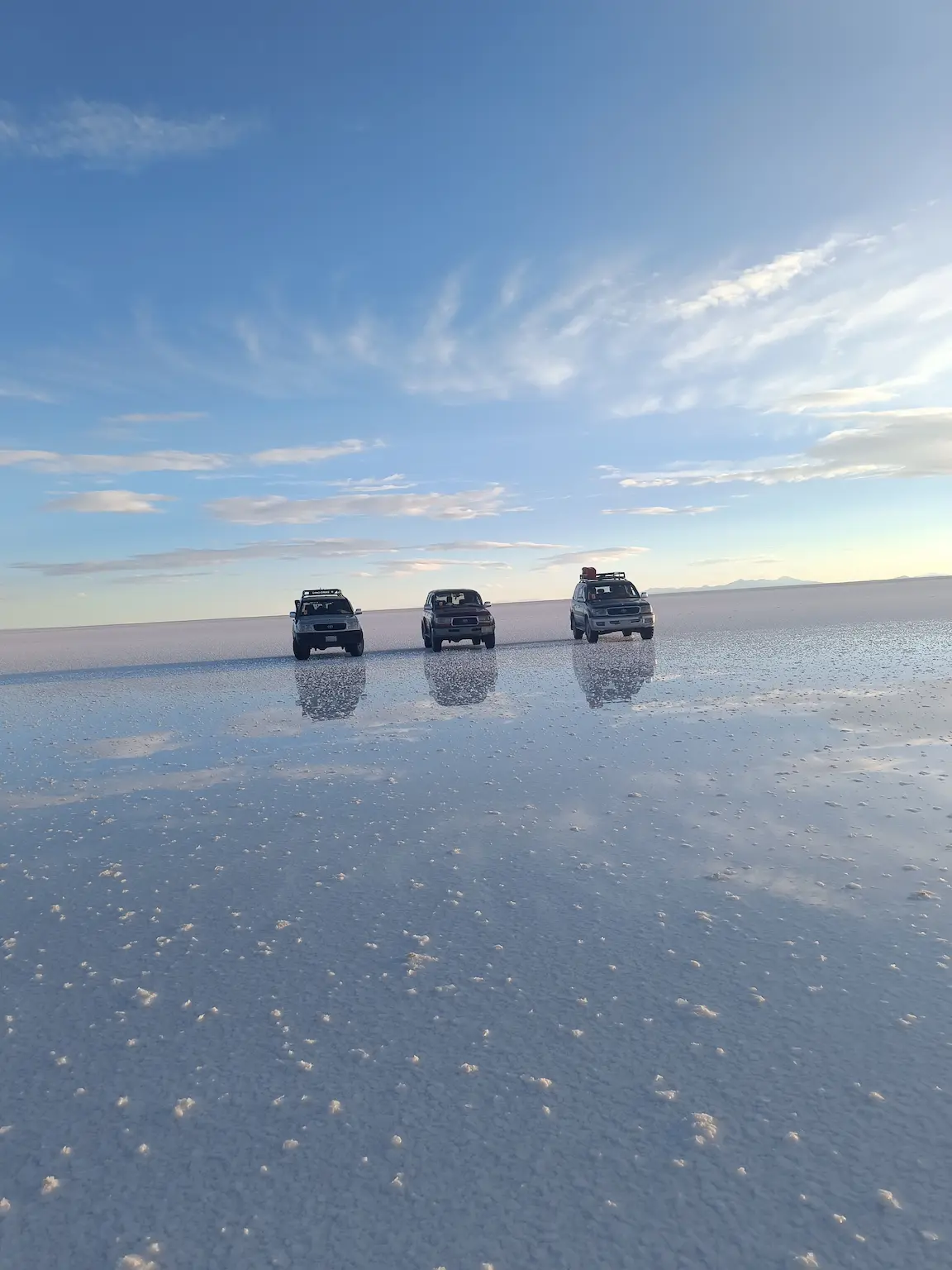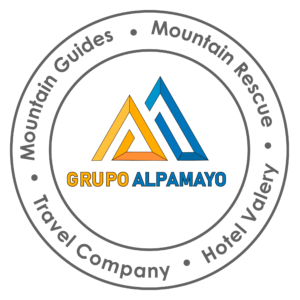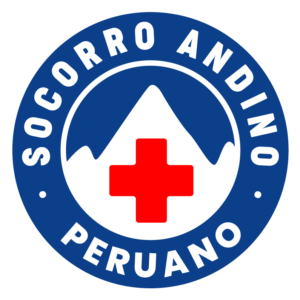TOUR TO PERU – DESTINATIONS
In this section of our website we give an overview of the main destinations that Perú InsideOut has to offer. Apart from the main destinations such as the unmissable Machu Picchu, beautiful Cusco and the Sacred Valley ruins, we offer alternative destinations such as the Ballestas Islands and Paracas; the White City of Arequipa and the Colca Canyon; Puerto Maldonado in the Peruvian Amazon forest and the stunning dunes in Huacachina.
A stop at Lake Titicaca, the Inca Sacred Lake is a must! Here we offer our customers a chance to meet the indigenous populations such as the Amantani, Taquile and those on the Uros Islands. We also offer Nazca to show you the best Nazca Lines and the local museums and archaeological remains. We invite you to get to know the cosmopolitan Lima with its museums, night life and gourmet restaurants. Lima is becoming one of the fashionable capitals in South America and is an universe to be discovered.
We also offer unusual destinations such as Cabanaconde in the Colca Canyon, Anapia on Lake Titicaca, Laguna de Moron near Paracas, Pikillapta in the Sacred Valley. The latter destinations are reachable with private visits. Finally, we also offer great destinations in Northern Peru, such as Chiclayo and Trujillo that harbour unique archaeological treasures such as the Lord of Sipan or Chan Chan. Next year we intend extending our offering adding Iquitos, Huaraz and beautiful Ayacucho!
TOUR TO BOLIVIA – DESTINATIONS
We launched our Bolivian tours in 2013. Apart from the destinations we already offered last year, such as La Paz and Copacabana on Lake Titicaca, this year we are going as far as Western Bolivia, the region of the Bolivian Altiplano.
We have started offering tours to the vast Uyuni Salt Flats and the Eduardo Avaroa Reserve with its amazing lagoons: White, Green and Coloured! We have also gone as far as Cero Rico de Potosi, the highest city in the world and the exquisite city of Sucre whose architectural and historic gems make it an unmissable destination during your stay in Bolivia. Finally, we offer an exotic destination away from the gringo trail: Coroico. Situated in the Yungas subtropical region, Coroico offers breath-taking views and the possibility of tasting a variety of exclusive high altitude coffee.
In future, our aim is to add destinations such as Santa Cruz de la Sierra and the extremely interesting Jesuit Monasteries.
FIND YOUR TOUR TO PERU
Choosing the right tour can be difficult and will depend on your available time, interests and budget. Once you start researching the fascinating country of Peru in great detail, you will soon realize the amazing opportunities that this country presents. While a tour of Machu Picchu and a visit to Cusco are high on a traveller’s radar, there is so much more to Peru than is apparent at first glance. Of course, those who wish to visit Machu Picchu often opt to hike the 500 year-old Inca trail, a once in a lifetime challenge that is often difficult albeit extremely rewarding. The Sacred Valley alone allows wonderful opportunities to get to know Peru in more detail with day trips to Moras, Moray, Ollantaytambo, Urubamba, Chinchero and Pisac. Then there are the jaunts to the Peruvian Amazon Jungle via the Manu National Park, Iquitos, and Puerto Maldonado. And let’s not forget the stunning natural beauty of the Ballestas Islands, the Colca Canyon and Lake Titicaca. When you add the city tours of Lima, Ica, Arequipa and Nazca, you will have a world-class destination that rewards you with history, culture, and color. It is no wonder this country ranks high on many bucket lists – now it’s time for your Peruvian adventure to begin.
Tours to Machu Picchu
Travel to Machu Picchu. Discover the Lost City of the Incas!
Machu Picchu sits at 2,430 meters above sea level (7,972 feet), and in close proximity to Cusco. Machu Picchu (“old Peak” in Quechua, the language of Incas) was voted one of the new Sever Wonders of the World in 2007. The city was abandoned, though, at the time of the Spanish Conquest in the sixteenth century, and brought to the attention of the world by Hiram Bingham, an explorer, in 1911.
Tours to Cusco
Travel to Cusco. Live the legend of the Inca Empire.
Cusco, the former capital of the Inca Empire, is still the focal point and the heart of Inca culture. Modern-day Cusco (elevation: 3,300 metres, 10,826 feet) contains buildings, plazas, and streets from both the Inca and colonial eras. The atmosphere in Cusco is magical and you will undoubtedly be captivated by its lovely Plaza de Armas, chic bars and restaurants, and joyous people who travel here from across the globe to live the legend of the Inca Empire! (**A UNESCO World Heritage site since 1983.)
Tours to Sacred Valley
The Sacred Valley, located just 15 km (9 miles) north of Cusco, was once the primary location for agriculture and the extraction of natural minerals for the Inca Empire. The Valley enjoys good weather, lush vegetation, and fresh water from the Vilcanota river (now also referred to as the Urubamba). Many of the most important Inca ruins are located in the Sacred Valley: the fortresses of both Ollantaytambo and Pisaq, the agronomic laboratory of Moray, and the Salinas of Maras. On the cultural side of things, there are rather inviting artisan markets in both Pisaq and Chinchero, too.
Tours to Titicaca Lake
Lake Titicaca, situated between western Bolivia and south-eastern Peru, is the largest lake in South America (196 km long, 122 miles) and the highest (navigable) lake in the world (approx. 3,810 metres above sea level, 12,500 feet). It was here that Manco Capac and Mama Ocllo emerged from the depths of the lake, according to Incan history, to first form the Inca Empire. The word Titicaca combines words from both the Quechua and Aymara languages. The exact origin of the name, though, is unknown.
Tours to Nazca Lines
The enigmatic Nazca Lines are the most outstanding achievement of the Paracas and Nazca cultures who populated the arid Ica desert between 900 BC and 800 AD. The Nazca Lines are the largest geoglyphs in the world and due to their size are only visible from an airplane. Located mainly in three areas – Nazca, Cahuachi and Palpa – the Nazca Lines consist of more than 800 geoglyphs and cover approximately 450 sq. km. The most famous Nazca Lines are: the condor, the spider, the monkey, the hummingbird and the pelican. Even today scientists dispute on the original meaning and use of the enigmatic Nazca Lines. Thanks to the tireless work of Maria Reiche they have become known worldwide and are a must destination when you visiting Peru!
Tours to Amazon Forest
Peru has the largest portion of Amazon forest apart from Brazil. We organize Amazon tours in Puerto Maldonado along the Madre de Dios and Tambopata Rivers; the Manu National Park has been declared a UNESCO site and encompasses the highest level of biodiversity in the world; and the largest park in the country, the Pacaya-Samiria Reserve near Iquitos.
Tours to Arequipa
Arequipa is the second largest city in Peru, situated in the south western part of the country. Sitting at 2,335 meters above sea level (7,661 feet) and surrounded by its three guardians volcanoes: El Misti, Chachani and Picchu Picchu. Arequipa’s architecture and historical integrity was declared a World Heritage site by UNESCO in 2000. Arequipa´s buildings express a combination of Andean characteristics and European style. Thanks to the volcanic ash used principally for the construction of buildings during colonial times, Arequipa is called the “White City”. On arrival this is noticeable in the Cathedral of Arequipa, the Santa Catalina Monastery and the Claustro de la Compañia.
Tours to Colca Canyon
The Colca Canyon, at a depth of 3,191 metres (10,500 feet), is considered the second deepest canyon in the world. Responsible for this great amount of erosion is the Colca River, which – over time – has created this very deep and very stunning canyon. The word Colca means warehouses. This harkens back to much earlier times when locals stored their products this way. Astonishing treks take place in the canyon, as well as simple and unassuming excursions to spot Andean condors soaring near the rim of the Canyon.
Tours to Ballestas Islands
The Ballestas Islands, located in the Paracas National Reserve, are a must-see in tours of Peru. Oftentimes referred to as “the Peruvian Galapagos”, the Islands offer visitors an opportunity to see an astonishing array of wildlife: Humboldt Penguins, sea lions, Guanay Guano birds, the Blue-footed Booby, and the Tendril are a few. Too, La Candelabra, a gigantic geogliph, can be seen on the way out to the Ballestas Islands. Visitors to the Islands often combine that excursion with a visit to the Paracas National Reserve as well.
Tours to Ica
Located in the middle of the arid Ica desert, Ica is approximately 300 km south of Lima. In this region flourished two of the mainstream ancient Peruvian cultures: the Paracas and the Nazca. Nowadays, Ica is well known for the production of Pisco and its attractive Huacachina Oasis.
Tours to Lima
Peru`s capital was founded by Francisco Pizarro the Spanish conqueror in 1535. With over 8.5 million inhabitants it is the biggest city in Peru. Lima is a UNESCO World Heritage Site because of the cultural diversity that makes Peru a distinctive country. Lima has always been a strategic location for ancient and modern civilizations as shown by the historic archaeological sites such as Caral or Pachacamac. Lima’s Colonial architectural style is exceptionally rich and this can be seen in churches and convents, such as Santo Domingo, San Agustin, San Francisco and La Merced. Energy and dynamism thrives in Lima’s cultural nightlife.
TOUR TO BOLIVIA – DESTINATIONS
The spectacular country of Bolivia has a lot to offer visitors. The first port of call for most visitors tends to be La Paz unless you opt to cross by land from Peru which will take you to Copacabana, on the shores of Lake Titicaca. Either way it will be a trip unlike any other, as the rich heritage and culture are immediately apparent when you arrive in Bolivia. Whether you are heading to Salar de Uyuni, the world’s largest salt lake or visiting the many lakes and lagoons to do a spot of bird watching, every view and landscape is photo-worthy. The cities are built at impressive and dizzying heights and there is so much to see and to do during your tour of Bolivia. Sucre, Potosi, Coroico, Uyuni, La Paz and Copacabana all provide different perspectives that make up this wonderful, vibrant and distinctive South American country. Sample the food, enjoy the surroundings, soak in the thermal waters, visit the ruins, explore the silver mines, walk the markets, tour the historic districts – all outings add up to one amazing trip to Bolivia. With tradition and history at every turn, this is a country that will continually amaze and entice.
La Paz
La Paz, the Sky-high Capital of Bolivia
La Paz, at 3,650 meters above sea level, leaves many visitors breathless, owing to its altitude and its stature.
Uyuni Salt Flat
A White Paradise in the Midst of the Bolivian Altiplano
The world’s largest salt lake, Uyuni Salt Flat is one of the most astoundingly beautiful places in all of Bolivia – or South America. It is approximately 25 times bigger than the salt lake in Bonneville, Utah (U.S.) and holds roughly 10 billion tons of salt, with less than 25,000 tons currently extracted each year.
Sucre
Sucre: Undoubtedly Bolivia’s most beautiful city.
Sucre is situated in south-central Bolivia. At 2,808 meters above sea level (9,212 feet), nestled in a valley, and surrounded by low mountains, Sucre enjoys a very mild and exceedingly comfortable climate. Sucre, the constitutional and historical capital of Bolivia, lives up to its official name: “The Honorable and Heroic Sucre.”
Potosí
Potosí – The Imperial Village
Potosí, at a breathtaking 3,900 meters above sea level (12,795 feet), is located in south-eastern Bolivia, one of the country’s colder regions. Potosí, founded by the Spanish on November 21, 1561, belonged to the “Viceroyalty of Peru” until 1776. From 1776 on, it was incorporated by the Spanish crown as the “Viceroyalty of Rio de la Plata.”
Coroico
Coroico, just 90 km distant from La Paz, sits atop a hill in the Yungas region. Coroico is perhaps best described as a city blessed with wonderful small streams, rivers, waterfalls, and numerous medicinal coca and coffee plantations—not to mention lush, subtropical plant life.
Copacabana
Copacabana is the main Bolivian town on the shore of the Lake Titicaca. Copacabana sits at 3,810 meters above sea level (12,500 feet), on the bay between Mount Calvario and Mount Niño Calvario. The population is approximately 6,000.
The two main civilizations in the Titicaca region, before the Inca Empire, were the Tiahuanaco and the Aymara.
TOUR TO PERU – DESTINATIONS
Machu Picchu
The Lost City of the Incas – Think the unimaginable: discover Machu Picchu!
Machu Picchu, in the Quechua language, means “old peak.” At an elevation of 2,430 meters (7,972 feet), it is one of the most revered and important sites in all of Latin America. So important is the site that in 2007 Machu Picchu was named one of the new Seven Wonders of the World. The stonework at Machu Picchu is an outstanding example of the use of natural materials in creating distinctive architecture. Immense walls, terraces, and ramps appear to be natural parts of the steep and rocky slopes.
Cusco
Cusco, the “Archaeological Capital of the Americas”
Sitting at 3,300 metres above sea level (10,826 feet), Cusco is located in the Watanay Valley, which was once a large glacial lake, “Ballivian Lake”. Cusco city centre has managed to preserve many of its edifices, plazas, and streets from both pre-Inca and colonial times, and is by any measure an architectural delight. In fact, it’s history is so relished that it was declared a World Heritage Site by UNESCO in 1983.
Inca trail
The once-in-a-lifetime experience!
The Inca Trail. To Machu Picchu. Built 500 years ago by the Inca themselves. It is, without a doubt, one of the most famous treks in the world. The Classic Inca Trail tour begins in the Sacred Valley and ends in a cloudy, forested, almost-mystical region where Machu Pichu resides – the world-famous, Lost City of the Inca.
Sacred Valley
Exploring the Majestic Valley of the Incas
El Valle Sagrado (the Sacred Valley) of the Incas is located 15 km (9miles) north of the Inca capital of Cusco at 2,800 meters. The Sacred Valley was once the Inca Empire’s main point for the extraction of natural wealth, and one of the most important areas for the production of corn in Peru.
Arequipa
The White City
Deeply engrained in Andean traditions of the Altiplano, Arequipa is found in south-western Peru and is the second biggest city in the country. It sits at 2,335 metres above sea level (7,661 feet) and is home to three local volcanoes: solitary, cone-shaped Misti (5,822 metres, or 19,100 feet); the snow-topped Chachani (6,075 metres, or 19,900 feet); and the somewhat distant Picchu Picchu (5,425 metres, 17,800 feet). The volcanoes elevation reaches approximately 20,000 feet.
Colca Canyon
The Home of the Mighty Andean condor
Produced by the erosive force of the Colca River, the Colca Canyon – 180 km (111 miles) north of Arequipa, in the department of Chivay – is about 70 km (43 miles) long and has a depth of 3,191 metres (10,500 feet), making it the second deepest canyon in the world. (It is second only to its neighbour, Cotahuasi Canyon, which is 160 metres deeper, or 525 feet.)
Ballestas Islands
The Natural Paradise
The Ballestas Islands, a small group of islands that sit just offshore from the Paracas peninsula, are also known as the “poor man’s Galapagos” or “the mini Galapagos of Peru”. They offer visitors unparalleled wildlife viewing and breathtaking scenery.
Ica
Ica is located on the Ica River, about 300 km south of Lima, along the desert coast of southern Peru on the Panamericana Highway. Ica is the capital of the Ica region. The area was long inhabited by various cultures of indigenous people before the Spanish conqueror Geronimo Luis de Cabrera claimed its founding in 1563.
Nazca
The Mysterious Nazca Lines
The department of Nazca is one of the five departments that comprise the province of Ica. Situated between the town of Nazca and Palpa on the south coast, and above the valley of the “Rio Nazca”, Nazca sits at 520 meters (1,700 feet) and has a dry and sunny climate.
Titicaca Lake
Exploring the World’s Highest Navigable Lake
Lake Titicaca, the highest navigable lake in the world, stretches from south-eastern Peru to western Bolivia. It sits at 3,810 meters above sea level (12,500 feet), is the longest lake in South America, and is also the cradle of Incan civilization. Did we say long?!? Titicaca is an astounding 196 km long (122 miles), has an average width of 56 km (35 miles), and an average depth of 107 meters (351 feet). Not surprisingly, the lake’s cold, blue waters stand in beautiful contrast to the parched Altiplano.
Lima
The City of the Kings
Lima, a city at once a bustling metropolis and a living history museum, is Peru’s capital, as well as the gateway to the entire country. With pre-Hispanic, colonial, and modern-day elements at play in its social structure, Lima can rightly be described as an ethnic melting pot. And a population of 8.5 million makes Lima the country’s largest city. Recognizing the cultural diversity of both Lima and Peru in general, UNESCO – in 1988 – designated Lima as a World Heritage Site.
Chiclayo
The Pearl of the North
Chiclayo is slightly off the beaten track despite being the fourth largest city in Peru and the capital of the Lambayeque region in the North. Chiclayo is a popular destination for tourists interested in the Moche culture, archeological sites and treasures, most notably that of Lord Sipan, who is known as “King Tutankhamun of the Americas”. Other destinations such as the Pomac Forest natural reserve; the colorful “Modelo” Market selling souvenirs, fruit, clothing; and the beauty of the Pimental surfing beach make visiting Chiclayo worthwhile.
Chachapoyas
Chachapoyas, meaning cloud forest, is a colonial market town located in the Amazonas region in Northern Peru. Visiting this remote part of the country is worthwhile as there are so many interesting places to explore including the stunning Yumbilla and Gocta waterfalls. Kuelap, the largest pre-Inca ruins in South America and Karajia, sarcophagi built directly into the cliff, are two such worthwhile gems. Or alternatively, you can venture to the Leymebamba museum to learn more about the history of the funerary and cultural traditions of the Chachapoya people.
Puerto Maldonado
Puerto Maldonado is worthy of a visit if you wish to explore the Amazon Jungle in Peru. The jungle is easily accessible from the city of Puerto Maldonado which makes it a great stepping stone for rainforest adventures. Travel up the Tambopata River to the spectacular Tambopata National Reserve to see the capybaras, jaguars, caimans and monkeys. Visit the Chuncho Macaw Clay Lick to see where the parrots gather, and tour the river at night to watch the nocturnal animals come to life. As Puerto Maldonado is only a short plane ride from Cusco, it is the perfect place to begin your Peruvian jungle adventure.
Manu National Park
Manu National Park is an 8-hour bus ride from Cusco, a breathtaking and exhilarating setting to begin your cloud forest tour. The Pantiacolla Mountain Range offers a brilliant opportunity for hiking and exploring the surrounding lakes. But it’s not all hard work, as you will have the chance to relax in the hot springs and tour the colorful orchid farms. The diverse flora and fauna in the Manu National Park is the best drawcard of all, allowing visitors to see the giant otters, caimans, river turtles and monkeys that live in the region.
Iquitos
Iquitos is a remote village in Peru accessible only by plane or boat. Despite this, thousands of visitors embark on a trip to Iquitos to explore the Peruvian Amazon each year. It is a destination that appeals to those who appreciate a tour which is slightly off the beaten track and presents a once-in-a-lifetime opportunity to explore the unspoilt wonder of the Amazon jungle. Add your tour to Iquitos to your Peruvian holiday to extend your stay and learn more about this amazing culture.
Peru Northern Beaches
The Northern beaches in Peru offer a chance to unwind once you have explored the historic ruins and beautiful cities this country is known for. If you have yet to hear of Mancora, Vachaito, Tumbes, Punta Sal and Zorritos, then you are in for a treat as these Northern beaches make a fabulous addition to your tour of Peru. With luxurious accommodation and superb beaches, you can soak up the sun and revel in the natural beauty of the Piura region. Try your hand at kayaking, windsurfing, parasailing or scuba diving or enjoy a boat tour and a spot of fishing. There is plenty of fun for the whole family.
